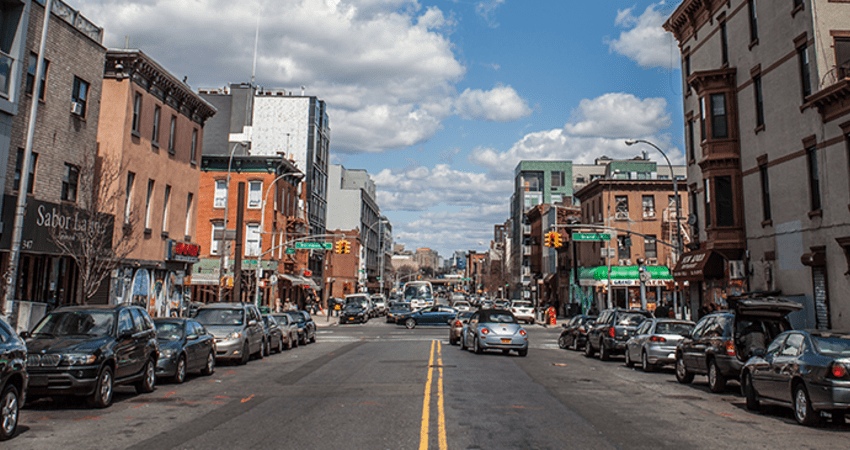
New Research Puts Focus on Concentrated Poverty, Not Gentrification
- Title:
- New Research Puts Focus on Concentrated Poverty, Not Gentrification
- Author:
-
Joe Cortright, Dillion Mahmoudi
- Source:
- Publication Date:
-
2014
Research from City Observatory argues that fears about gentrification should be replaced by concern about poverty concentration. By examining Census data, Joseph Cortright and Dillon Mahmoudi show that poverty has become increasingly concentrated since 1970: the number of people living in high-poverty neighborhoods has doubled, and the number of such neighborhoods has nearly tripled. These trends are alarming because when poverty is concentrated, its negative impacts are amplified. Concentrated poverty is also more intractable and tends to persist over time. The authors also analyzed gentrification—defined as a neighborhood changing from high poverty to below-average poverty—and found it is a rare occurrence. Because the data show that more people are being harmed by concentrated poverty than by gentrification, the authors believe policymakers should focus their energy on alleviating poverty rather than safeguarding neighborhoods against gentrification.
Major findings include:
- From 1970 to 2010, the number of people living in high-poverty neighborhoods has more than doubled, from 2 million to 4 million, and the number of high-poverty neighborhoods has almost tripled, from 1,100 to 3,100.
- The poor in urban areas are increasingly segregated into neighborhoods with concentrated poverty. While in 1970, 28 percent of the urban poor lived in an area with poverty rate of 30 percent or more, by 2010 39% of the urban poor lived in such neighborhoods.
- Concentrated poverty is self-reinforcing and highly persistent across time. Of the 1,100 urban census tracts considered high-poverty in 1970, 750 still had poverty rates twice the national average 40 years later.
- Chronic high-poverty neighborhoods lost approximately 40 percent of their population over 40 years, while remaining high-poverty. Meanwhile new high-poverty neighborhoods are continuously being born.
- Between 1970 and 2010, the change of a neighborhood rebounding from high-poverty to below-average poverty was one in 20.
- Since 1970, the poor population in rebounding neighborhoods fell by 67,000 while the number of poor people living in declining neighborhoods increased by 1.25 million.